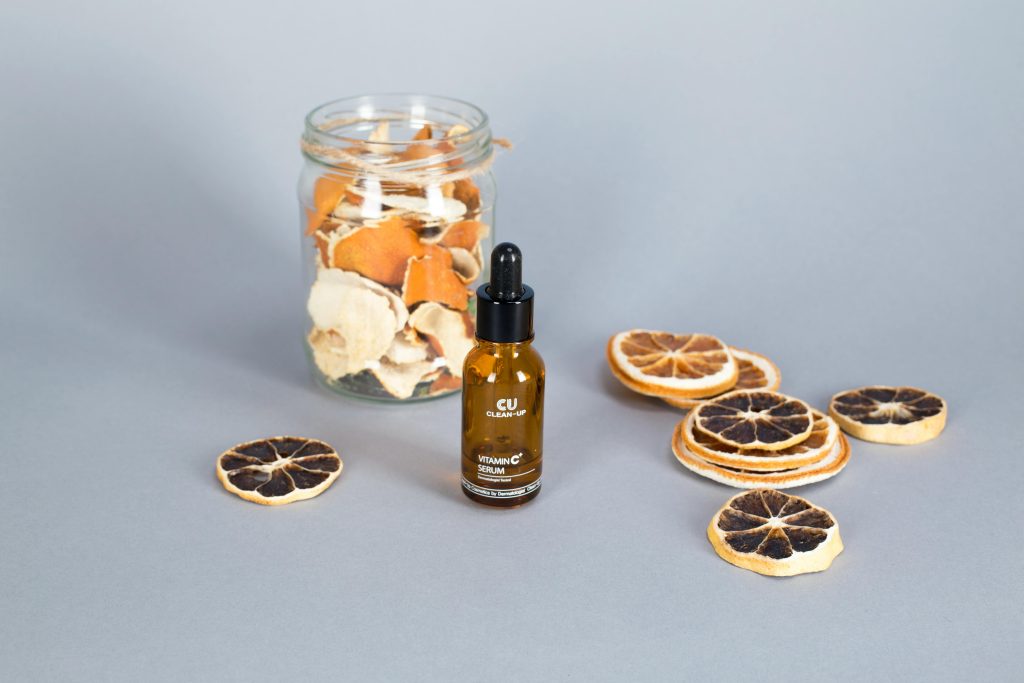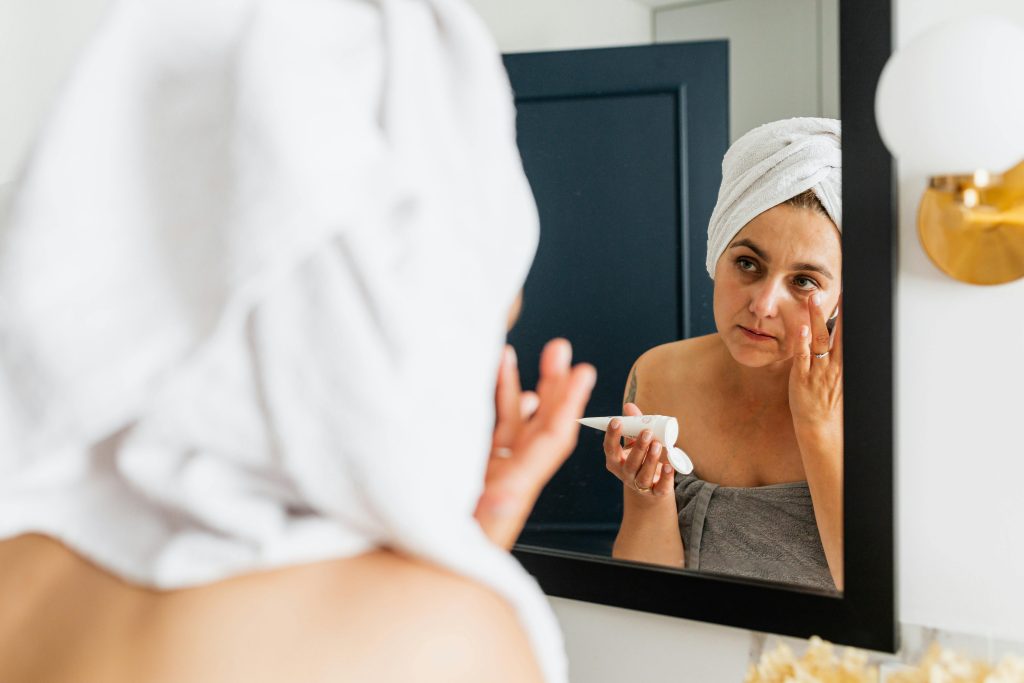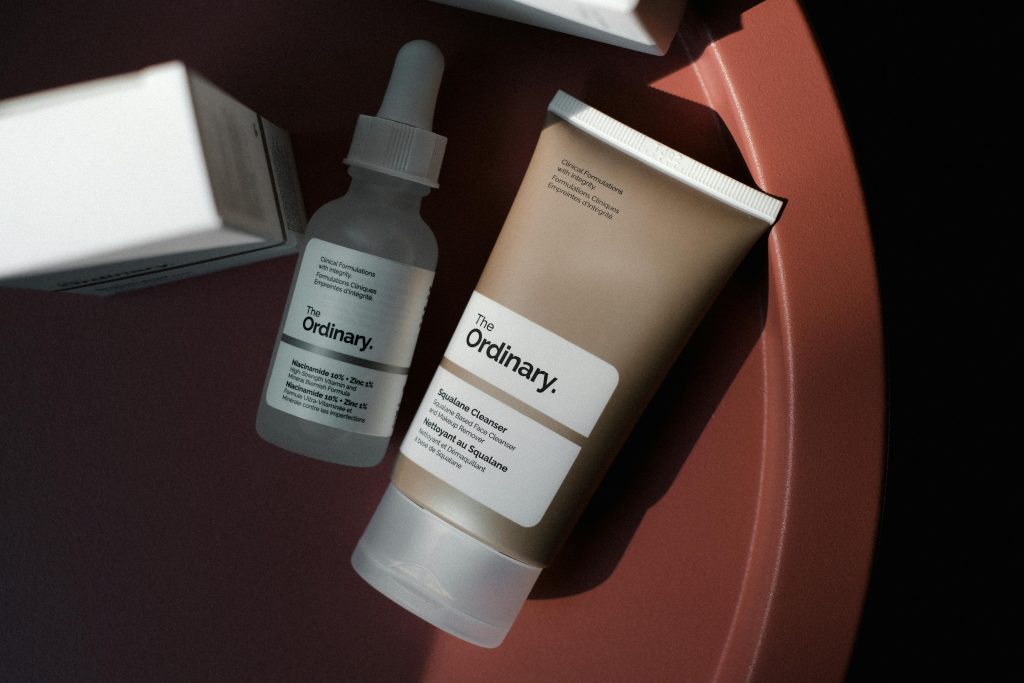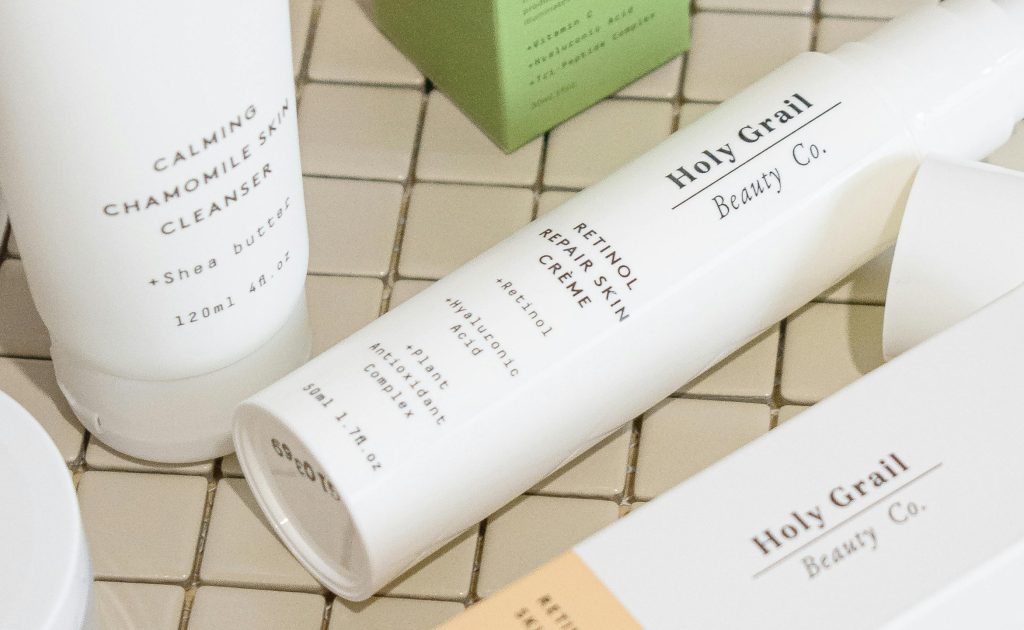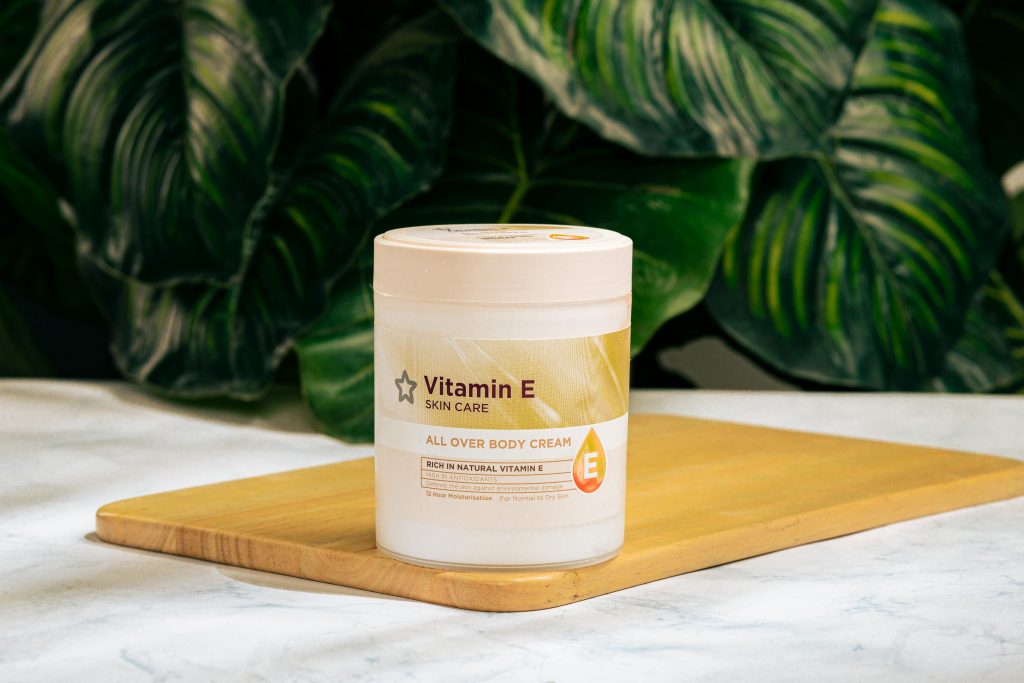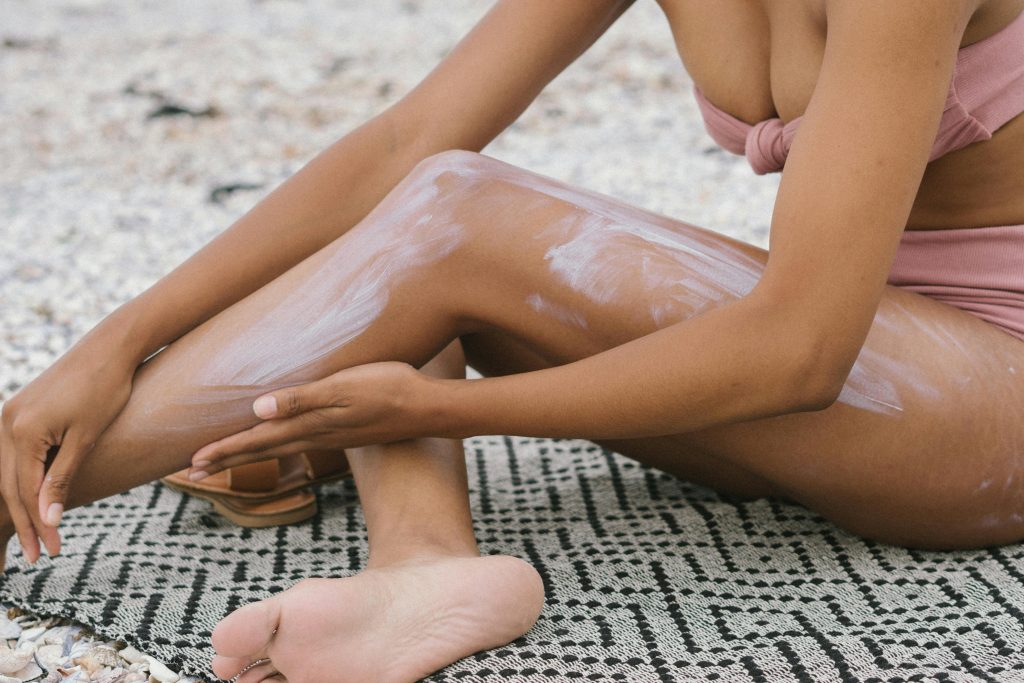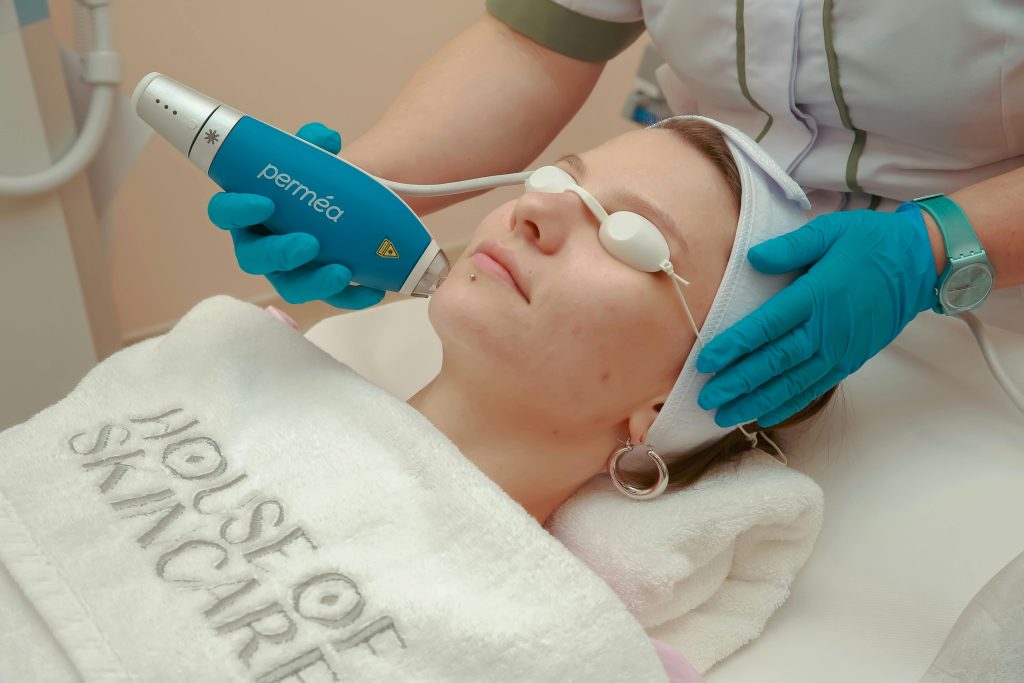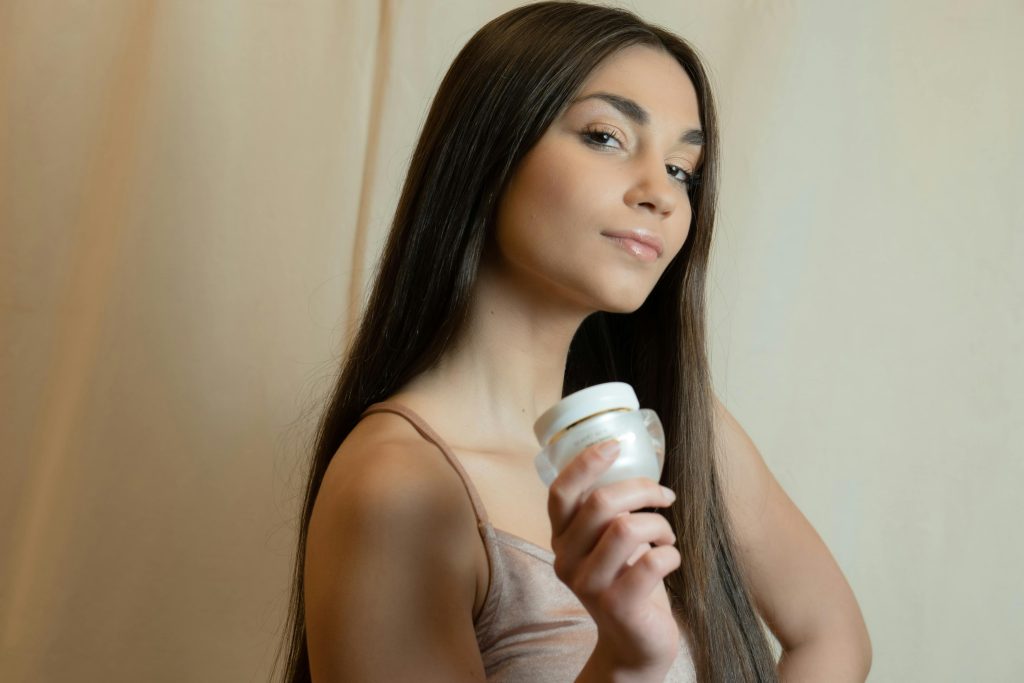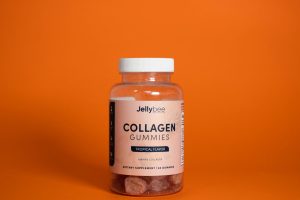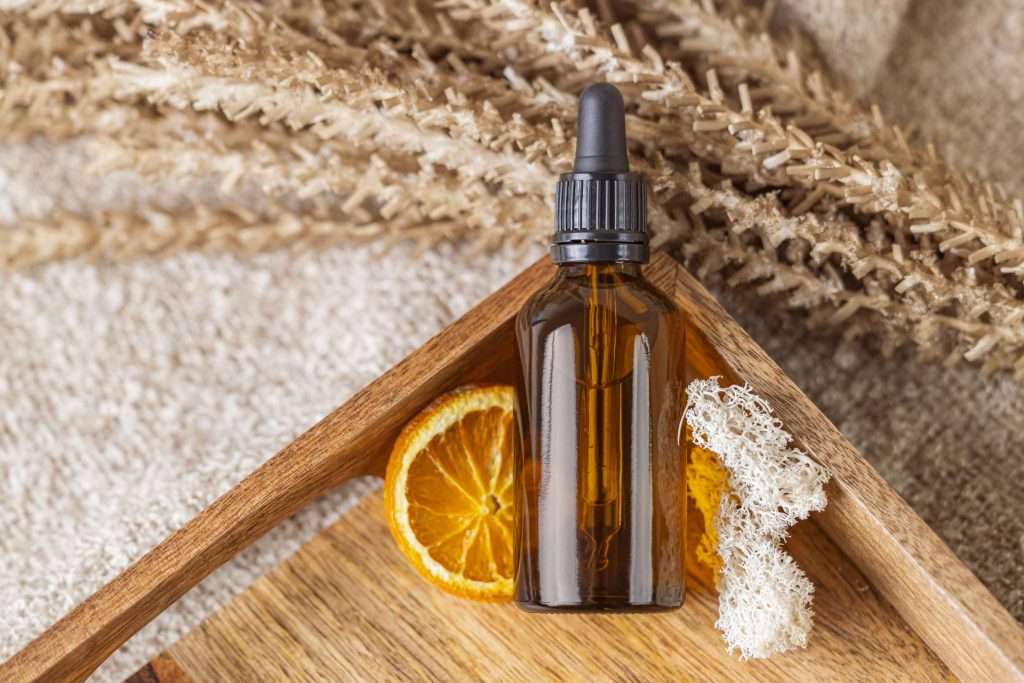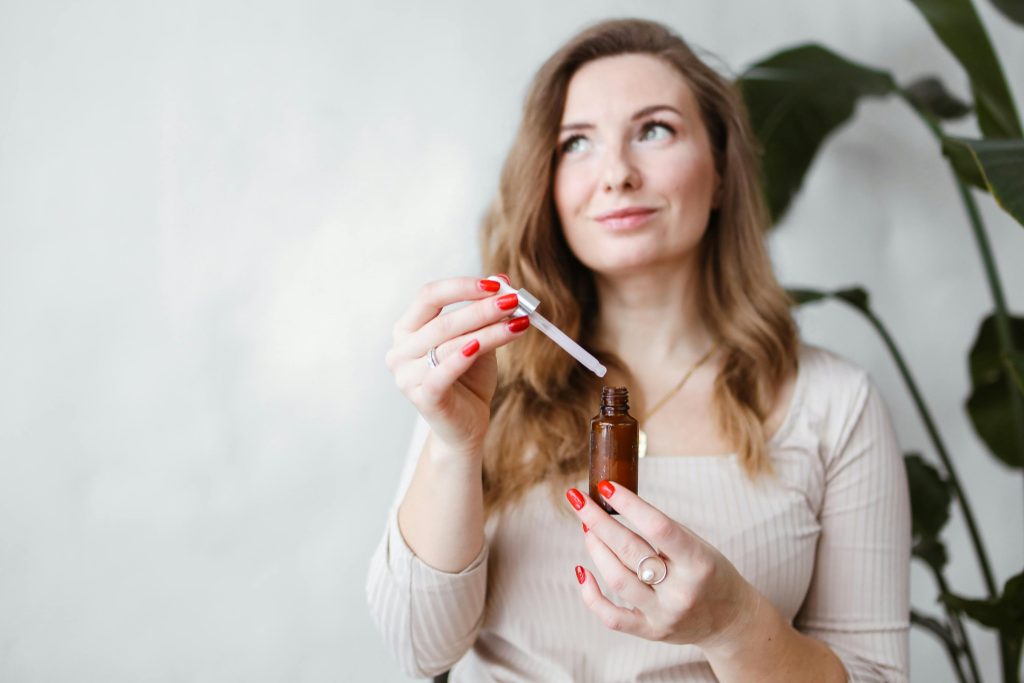
Retinol vs. Bakuchiol: Which Is Better for Wrinkles?
Two ingredients—retinol and bakuchiol—are currently in the spotlight when it comes to tackling wrinkles and fine lines.
Retinol, a derivative of vitamin A, has been a long-time favorite among dermatologists for its proven anti-aging benefits.
On the other hand, bakuchiol, a plant-based alternative, is gaining popularity as a gentler option.
But which one is better for wrinkles? Let’s explore both ingredients’ differences, benefits, and best uses.
What Is Retinol?
Retinol is a form of vitamin A commonly used in anti-aging and acne treatments. It works by:
🔷 Stimulating collagen production to reduce fine lines and wrinkles.
🔷 Increasing cell turnover for smoother, more radiant skin.
🔷 Unclogging pores, reducing acne breakouts.
Pros of Retinol
🔹 Proven effectiveness in reducing fine lines, wrinkles, and hyperpigmentation.
🔹 Available in various strengths and formulations.
🔹 Improves skin texture and tone with consistent use.
Cons of Retinol
🔸 Can cause irritation, redness, and peeling, especially for sensitive skin.
🔸 Increases photosensitivity, requiring diligent sunscreen use.
🔸 Results may take several weeks to become visible.
What Is Bakuchiol?
Bakuchiol is a natural, plant-derived ingredient extracted from the seeds of the Psoralea corylifolia plant.
Often dubbed as a «natural retinol alternative», bakuchiol offers similar benefits without the harsh side effects.
Pros of Bakuchiol
🔹 Gentle on the skin, making it suitable for sensitive and acne-prone skin.
🔹 Does not cause dryness, peeling, or redness.
🔹 Safe for use during pregnancy and breastfeeding.
🔹 Offers antioxidant, anti-inflammatory, and antibacterial properties.
Cons of Bakuchiol
🔸 Limited long-term research compared to retinol.
🔸 Results may be more subtle and take longer to appear.
🔸 Often more expensive due to its natural origin.
Retinol vs. Bakuchiol: Head-to-Head Comparison
Feature Retinol Bakuchiol Origin Synthetic or animal-derived vitamin A. Plant-based from Psoralea Corylifolia. Main Benefits Reduces wrinkles, Boots collagen. Reduces wrinkles, anti-inflammatory. Side Effects Iritation, dryness, peeling. Mild, suitable for sensitive skin. Photosensitivity Yes, requires sunscreen. No, safe for daytime use. Time to See Results 4-12 weeks 6-2 weeks. Best For Normal to oily, aging skin. Sensitive, acne-prone, or mature skin.
Which One Is Better for Wrinkles?
Choosing between retinol and bakuchiol depends on your skin type, tolerance, and specific concerns.
Choose Retinol If:
✅ You have normal to oily skin that can handle stronger actives.
✅ You want faster and more dramatic anti-aging results.
✅ You are dealing with persistent acne alongside fine lines.
✅ You can commit to a consistent routine, including sunscreen.
Choose Bakuchiol If:
✅ Your skin is sensitive or prone to irritation.
✅ You prefer natural, plant-based ingredients.
✅ You need a gentler alternative during pregnancy or breastfeeding.
✅ You want a product safe for both day and night use.
Can You Use Both?
Yes! Some products now combine retinol and bakuchiol for a balanced approach. Bakuchiol can help mitigate the irritation caused by retinol while enhancing anti-aging effects.
How to Use Retinol and Bakuchiol
Retinol Usage Tips:
- Start with a low concentration (0.25% to 0.5%) to build tolerance.
- Apply at night after cleansing and before moisturizing.
- Use a broad-spectrum sunscreen during the day.
- Introduce slowly (2-3 times a week), then increase frequency as tolerated.
Bakuchiol Usage Tips:
- Suitable for both morning and evening routines.
- Can be applied directly to clean, dry skin.
- Follow up with a hydrating serum or moisturizer.
- Ideal for layering with other active ingredients.
User Reviews and Experiences
Retinol Users: Many report significant improvements in fine lines and skin texture, but experience dryness and irritation at first.
Bakuchiol Users: Generally appreciate the gentle, soothing effects, though some wish for faster results compared to retinol.
Combination Products: Users report a balanced improvement without harsh side effects.
FAQs: Retinol vs. Bakuchiol
- Is bakuchiol as effective as retinol for wrinkles?
While bakuchiol shows promise in reducing fine lines, retinol remains the gold standard for proven anti-aging results.
- Can I use retinol and bakuchiol together?
Yes, combining both ingredients can maximize results while minimizing irritation.
- Is bakuchiol safer than retinol?
Bakuchiol is generally considered safer for sensitive skin and during pregnancy.
- How long does it take to see results with bakuchiol?
Expect to see improvements within 6-12 weeks, which is slightly longer than retinol.
- Can retinol cause permanent damage?
When used correctly, retinol is safe. Overuse or improper application can lead to prolonged irritation.
Conclusion
Retinol and bakuchiol both offer effective anti-aging benefits, but your choice should align with your skin type and tolerance.
Retinol is powerful but potentially irritating, while bakuchiol is gentler and better suited for sensitive skin.
For the best of both worlds, consider using them together or choosing a product that combines both ingredients.
By understanding the unique benefits of each, you can make an informed decision and incorporate the right ingredient into your skincare routine for smoother, more youthful-looking skin.

